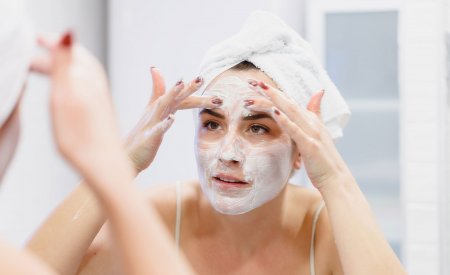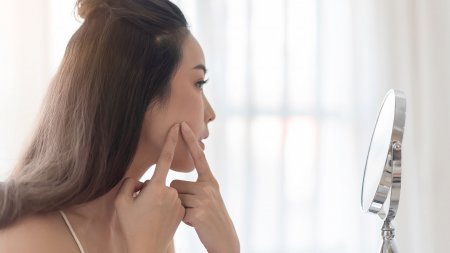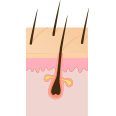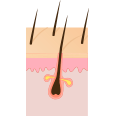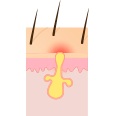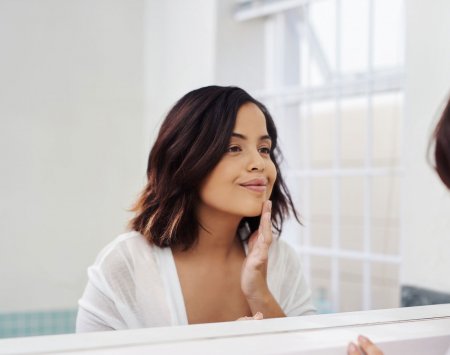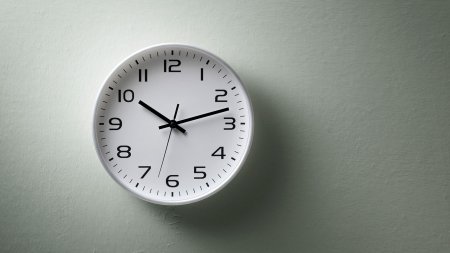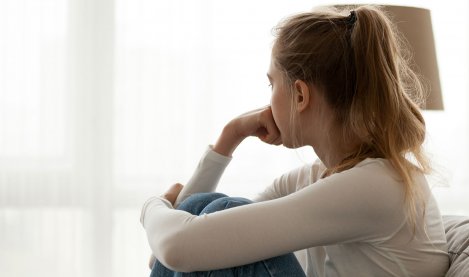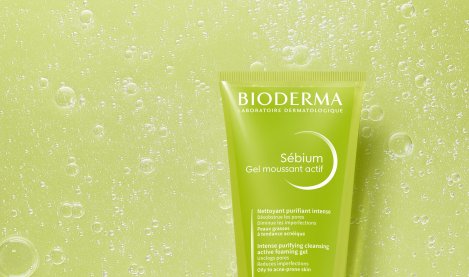Contrary to accepted wisdom, spots are not tied to a lack of hygiene. Closer to the truth is poor hygiene, meaning cleansing that isn’t adapted. Often it is too harsh, such as cleansing with soap. The best way to have fewer spots and blackheads is to adopt the right and complete routine, from cleansing to cream, in addition to any treatment that your doctor may have prescribed. Daily hygiene plays an important role in all types of acne, and even more so with inflammatory acne2. As long as the cleansing product is adapted to oily and acne-prone skin’s requirements.
The ideal cleanser to fight against spots and blackheads must act on the excess of sebum and prevent pores from becoming clogged, so that comedones don’t form. There are two key points to hygiene for acne-prone skin:
- A gentle cleanser, containing a cleansing agent that doesn’t strip skin and that does effectively reduce the excess of sebum and eliminate impurities (sweat)
- A keratolytic cleanser, able to refine skin, to lightly exfoliate the surface so that pores become unclogged.
